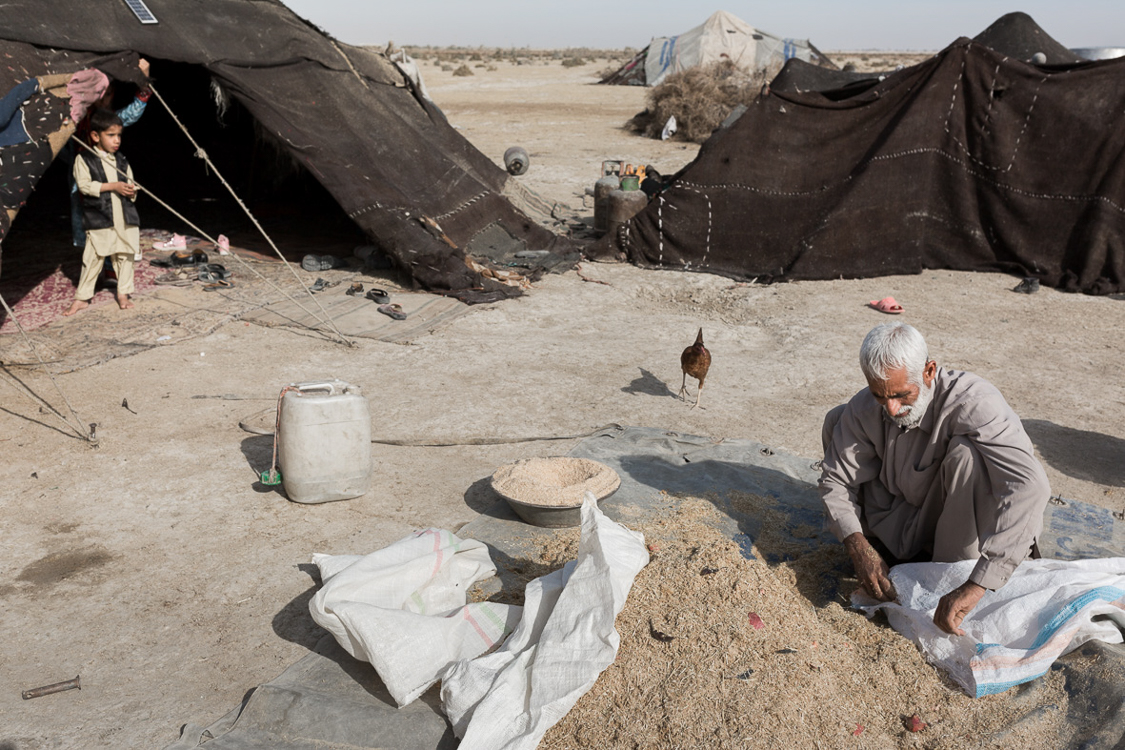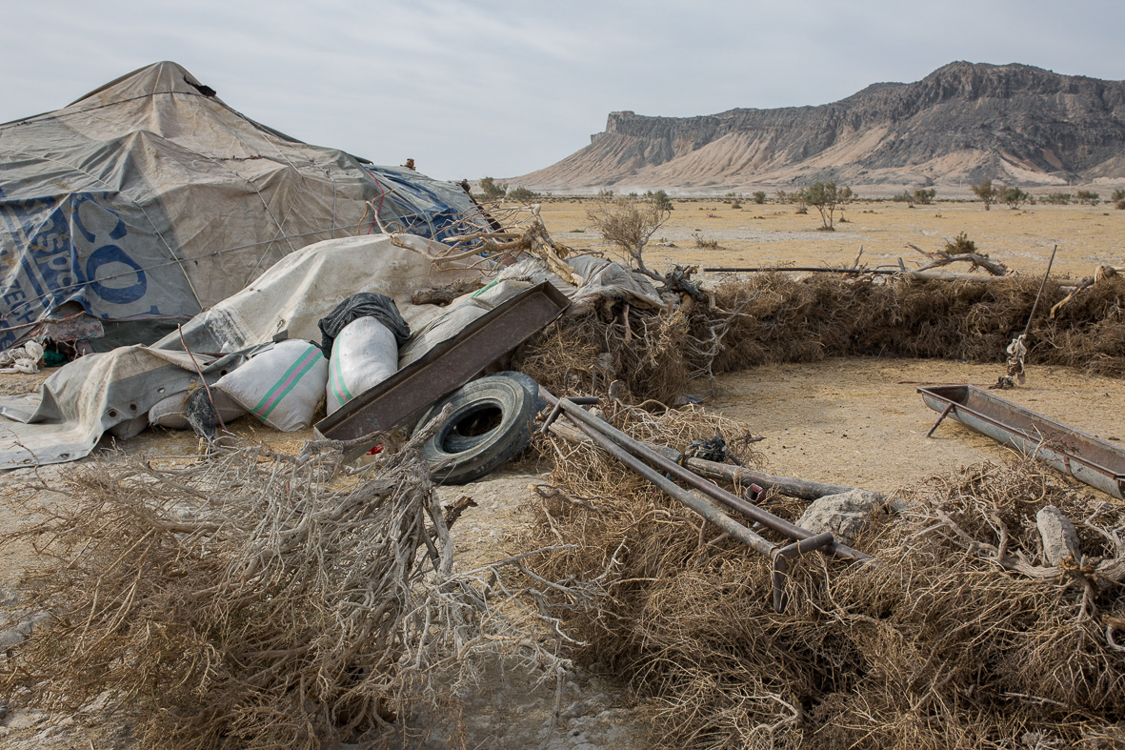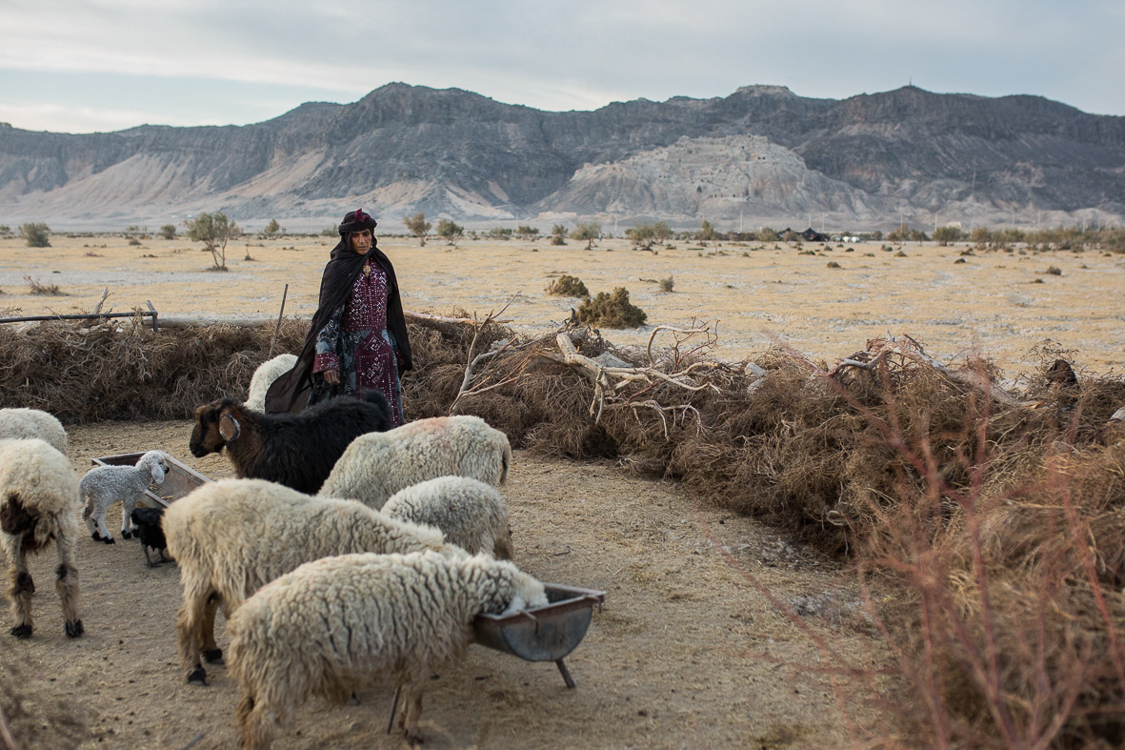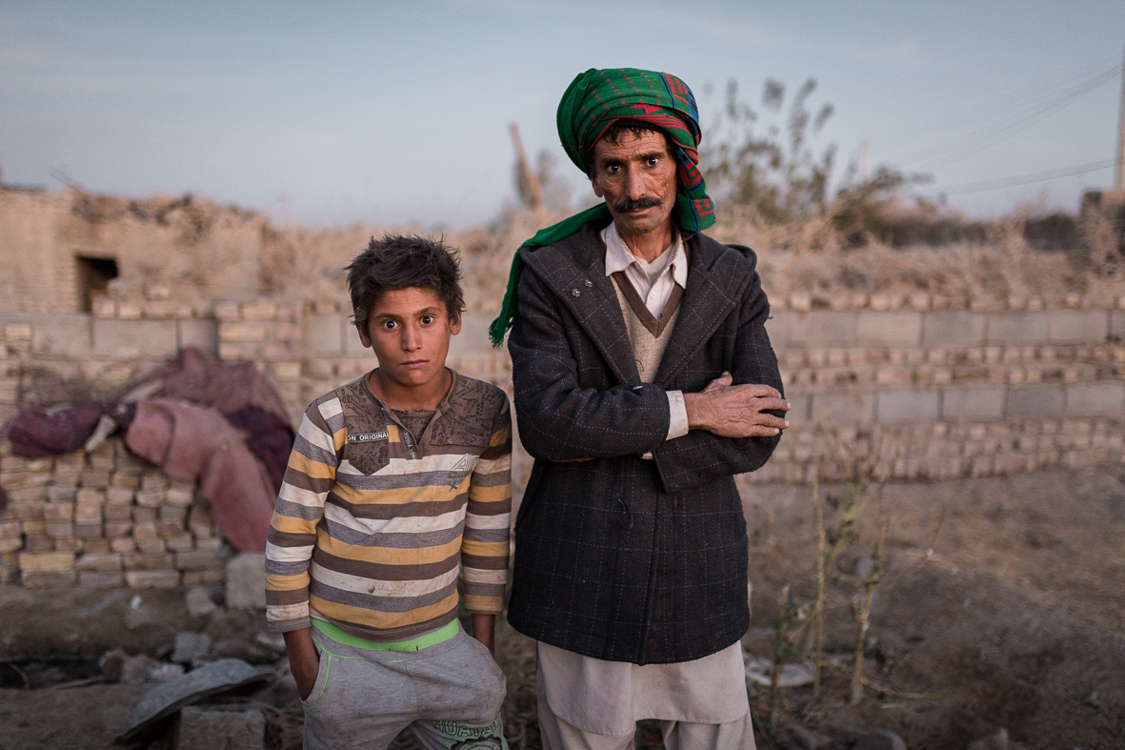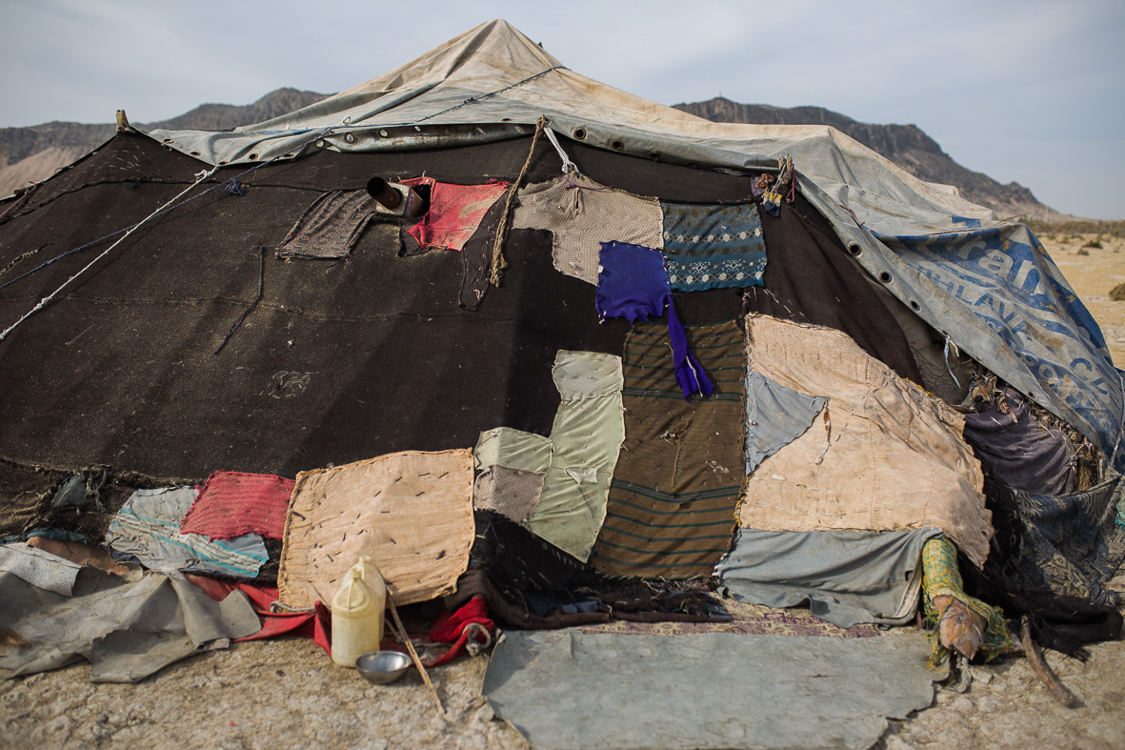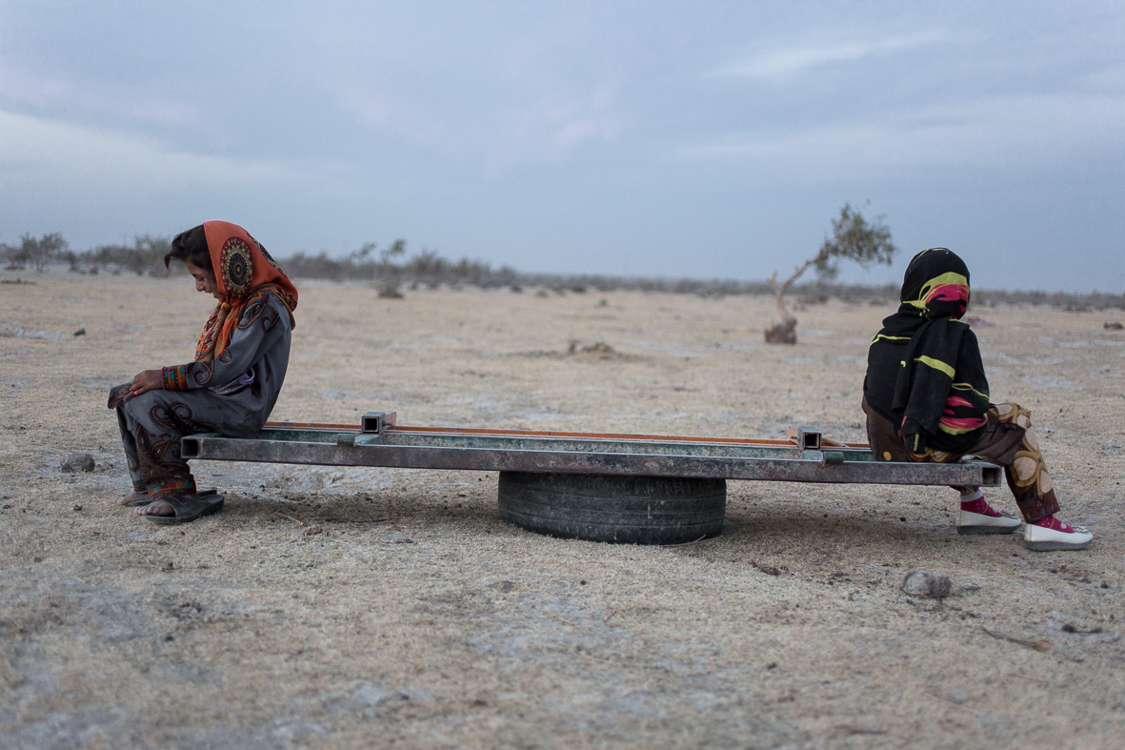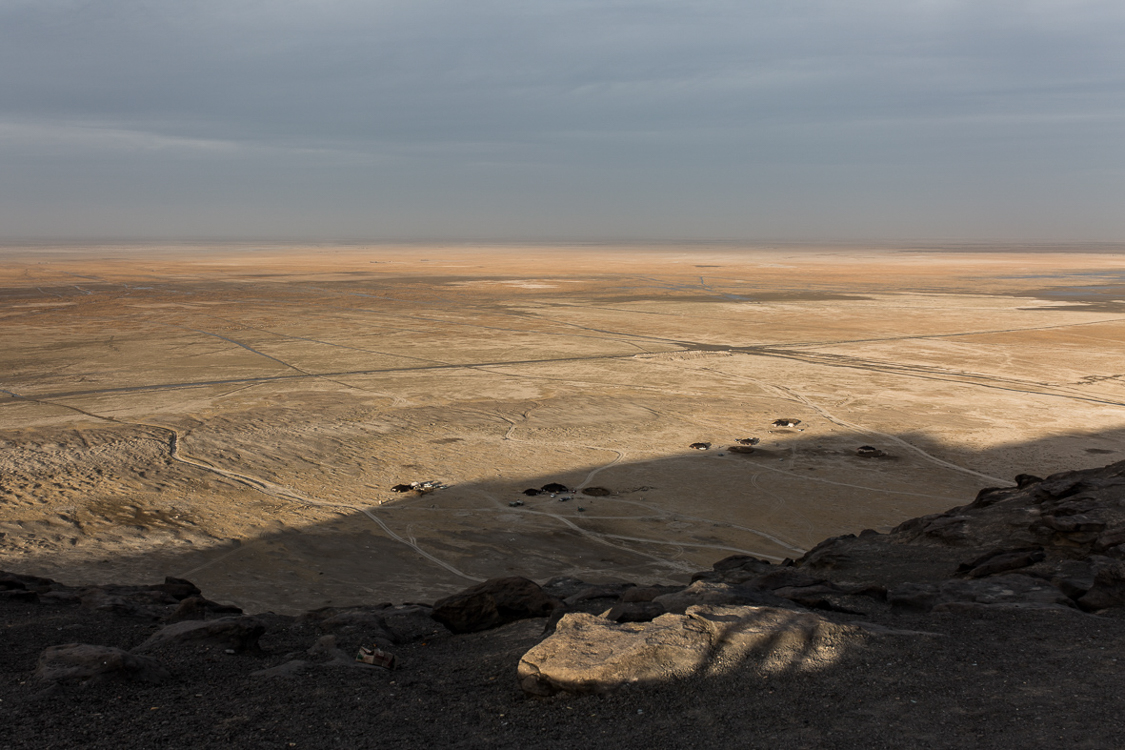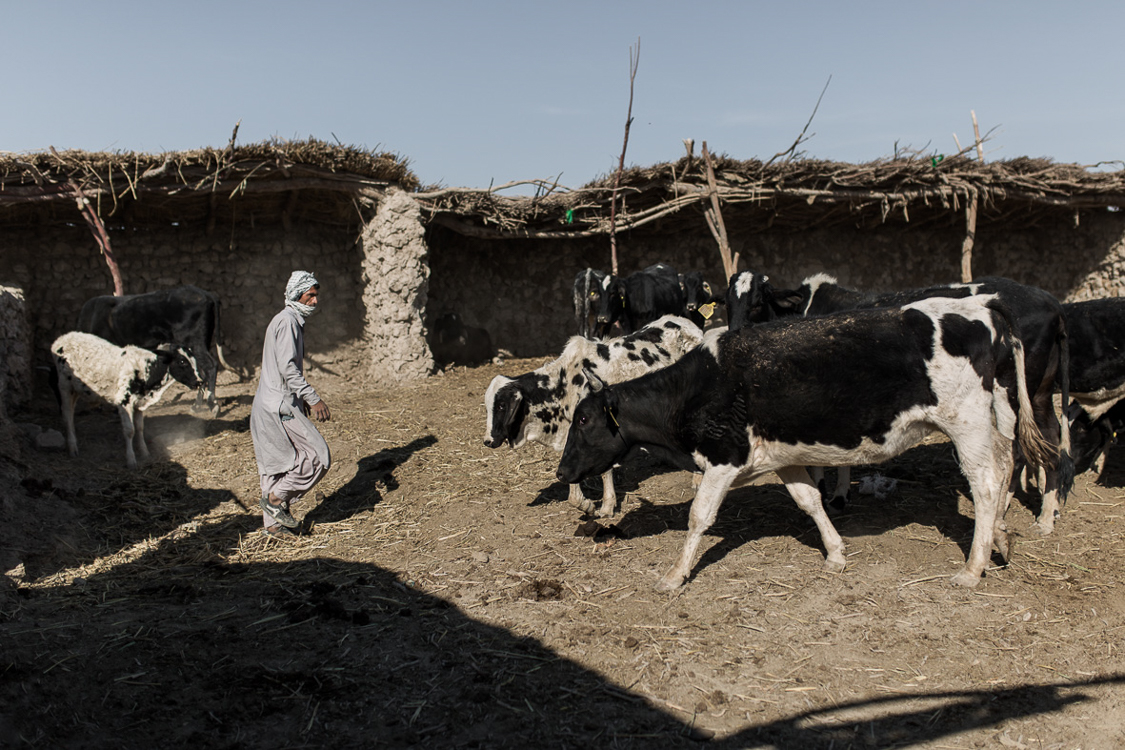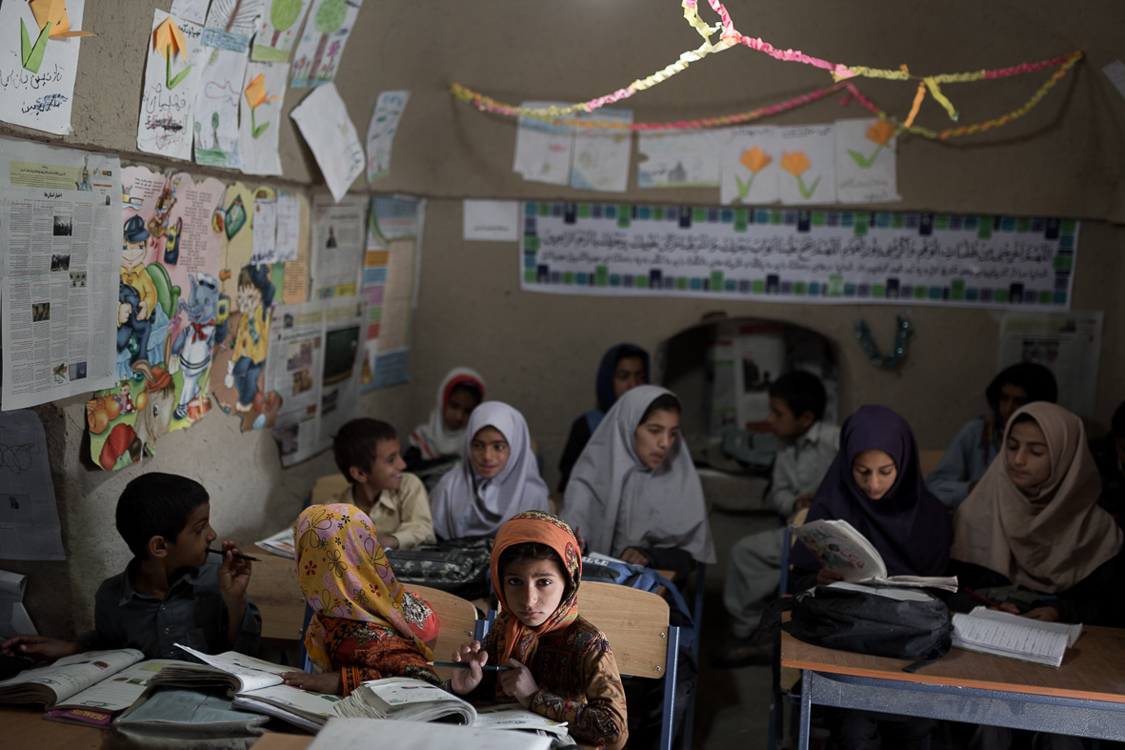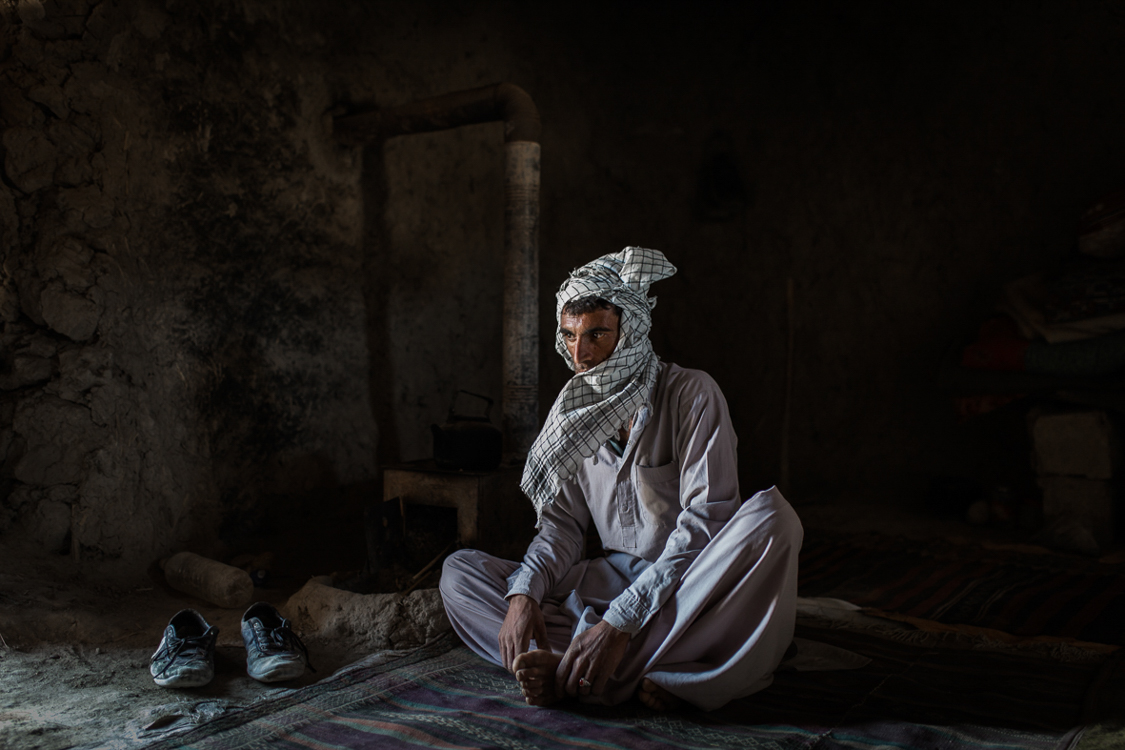Farzad Soleimani
Hamoun lake
Hamoun lake, once the biggest sweet water lake, and the second largest lake in Iran,has been almost completely dry all year round for the last couple of decades. The lake was considered as the main and almost the only natural resource in the region and since its disappearing, things have changed drastically. A large part of the population has fled to other cities either near or far. Those who stay also, have to deal with a good number of challenges, namely lack of resources to live on. The phenomenon has had significant consequences such as poverty, environmental migration and health problems and is important from social-environmental and geo-political points of view.
The lake started to dry up since the build of two large dams on the main tributaries of Helmand river, the main source of water for Hamoun. Both dams were built by technical and financial support of the U.S. government. Global warming and resulting extended droughts have also been important contributing factors.
This body of work is the starting chapter of a long-term project. My hope is to show different angles and vast consequences of the phenomenon through still and moving images.
Farzad Soleimani
I started in photojournalism and visual story telling because of my passion about nature and environment. Anxious about the harm that we’ve been doing to our environment without taking the consequences into account, I decided to turn my lens towards the existing issues derived from our negligences. It still is the main motive for me and I hope to continue my work with a focus on different angles of environmental issues. Currently I live in Denmark and I am a student of Advanced Visual Storytelling at the Danish School of Media and Journalism.




